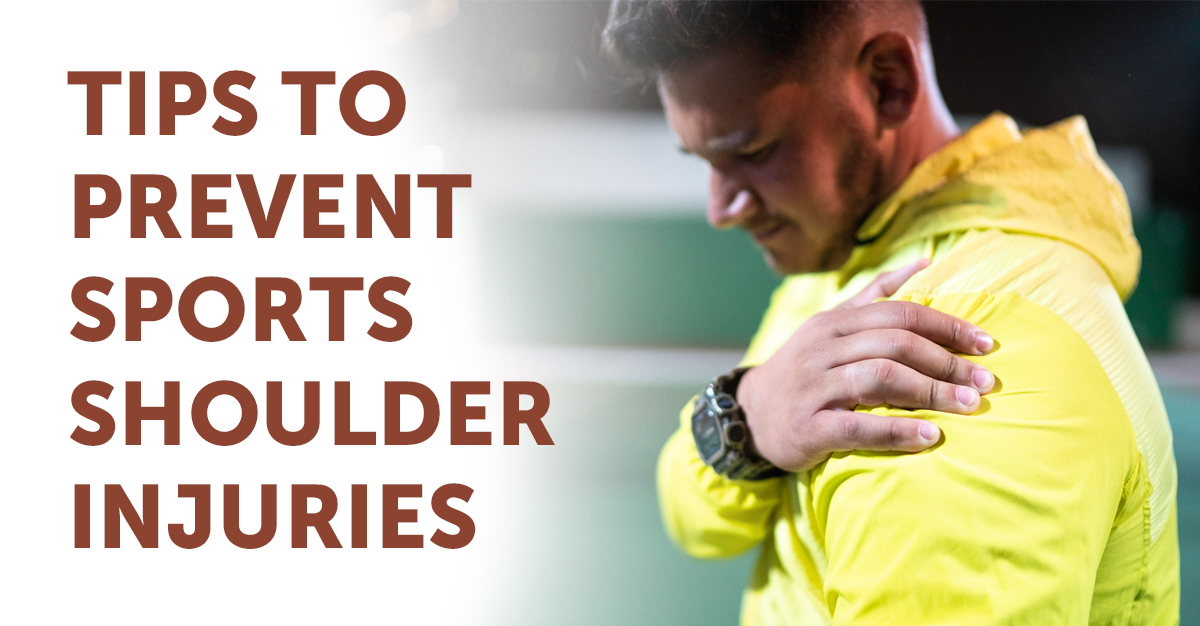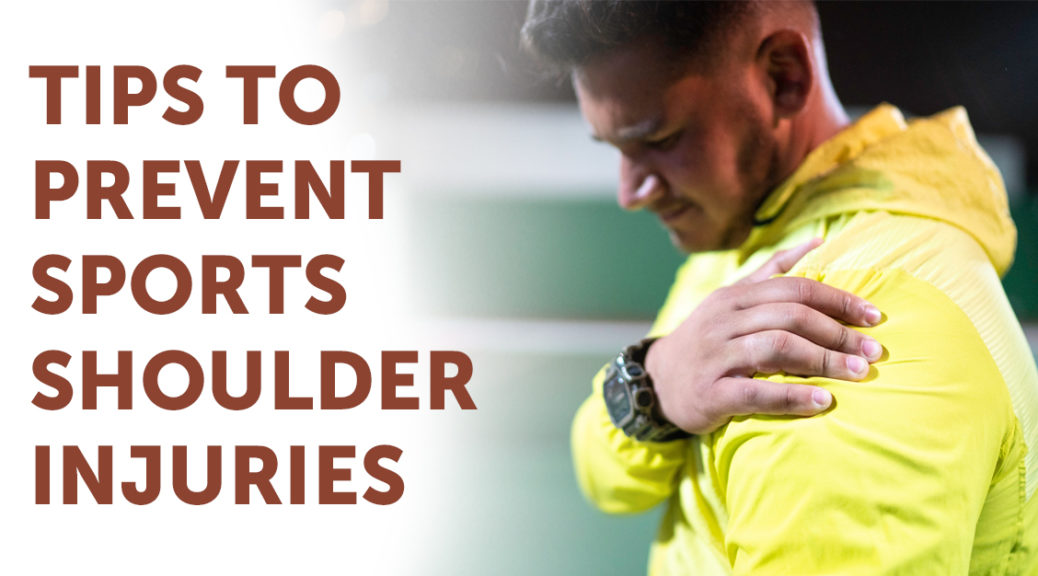
If you have injured your shoulder with a fracture, strain, or a sprain, you need to rehab safely to take care of the muscles, tendons, and ligaments. We usually injure our shoulders through either overuse, wear and tear of joints, trauma, or a false movement.
Common shoulder injuries include:
- Bursitis
- Frozen shoulder
- Torn rotator cuff
- Fracture
- Dislocation
- Impingement
- Arthritis
Strengthening the Shoulder Muscles
The best way to avoid shoulder pain is to reduce the risk of an injury from happening. This can be done by working with your shoulder muscles to increase range-of-motion while building joint strength. As you work to strengthen your shoulder start slow and make sure to rest between practices.
If you are experiencing shoulder pain, speak to a health care professional for modified exercises.
Here are some exercises that can help get lessen mild shoulder pain and prevent an injury from occurring.
1. External rotation with retraction
This exercise uses a gentle resistance band arm workout to help your shoulder.
- Stand with your feet hip-width apart.
- Take a long resistance band in both hands.
- Have your elbows at your side (bent about 90 degrees) with your palms facing up.
- Now gently move your forearms out to the side, about 6 to 8 inches.
- Squeeze your shoulder blades together as best you can. Your forearms will move out a little bit further.
- Hold in this position for a short pause, then return to your starting position.
2. Side-lying external rotation
- Lie down on your side on a mat, with your weight on your elbow if you wish.
- Place a rolled-up towel underneath your top arm (bent) to rest between your arm and your hip.
- Hold a small weight (1/2kg – 2 kg depending on your size and strength) in your hand.
- Start with the weight on the floor in front of your body, and rotate your arm slowly from the elbow.
- Your hand should come up so that your lower arm is almost perpendicular to your body. Don’t go too far, as that will put stress on your shoulder.
- Gently bring your hand back down, and repeat. Do this exercise slowly.
3. Shoulder abduction with anchored resistance
This exercise uses a resistance band anchored under your feet
- Hold the band in your hand, thumb facing up
- Lift your arm straight out to the side to shoulder height, and lower it back down.
- Slowly return to the starting position and repeat for up to 10 reps
- Switch arms and repeat
4. Bilateral shoulder extension
For this exercise, grab your long resistance band and stand with your feet hip-distance apart.
- Pass the resistance band around the net post, or if you’re doing this at home, around a pillar or another stationary object at hip height.
- Position yourself far enough away from the anchor point that there is tension in the band.
- Hold one end the resistance band in your hands with your palms facing up, and your thumbs rotated outward.
- Keeping a tight hold of the resistance band, bring your arms back (keep them straight) until it is against your side.
- Bring your shoulder back and squeeze your shoulder blades together.
When is it time to get help?
Shortly after an injury or pain, you should start with the first steps of recovery rest, ice, and protection. If your shoulder pain doesn’t subside, a physical therapist can help guide you through a treatment plan tailored specifically to your needs. If you experience pain while doing an exercise program, stop immediately, and consult your healthcare provider.

